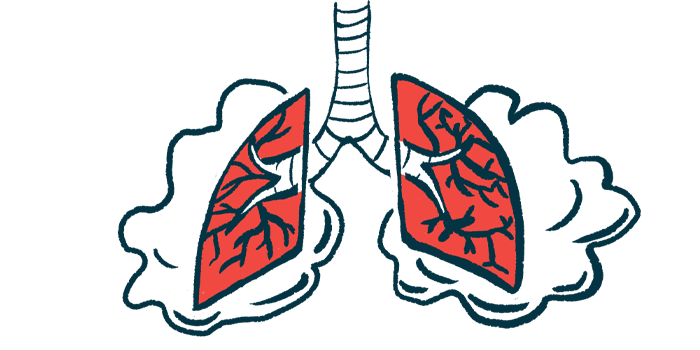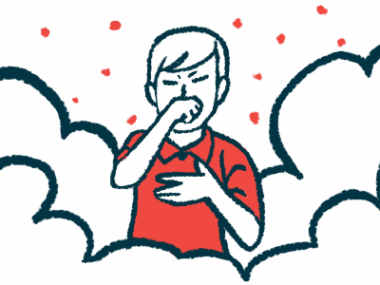Researchers find immune link to acute chest syndrome in sickle cell
Findings point to opportunity for targeted treatment
Written by |

Acute chest syndrome (ACS), a form of lung injury associated with sickle cell disease (SCD), is driven by the abnormal activation of a part of the immune system known as the complement cascade, a study found.
The researchers found elevated complement activation in SCD patients, especially in those experiencing ACS. When SCD mice were treated with existing therapies that block complement activation, ACS was prevented.
“Our study offers potential targets for therapeutic intervention for this devastating condition,” Sean Stowell, MD, PhD, vice chair for transfusion medicine at Brigham and Women’s Hospital and the study’s corresponding author, said in a hospital news story.
The discovery was detailed in the study, “Complement is activated in patients with acute chest syndrome caused by sickle cell disease and represents a therapeutic target,” published in Science Translational Medicine.
SCD is a genetic disorder that causes red blood cells to adopt a sickle-like shape, leading to their premature destruction, or hemolysis, and symptoms of anemia. Sickle cells can also become stuck in small blood vessels, blocking blood flow and causing damage, inflammation, and episodes of sudden and severe pain known as vaso-occlusive crises.
Leading cause of mortality, but doctors can ‘only offer supportive care’
Blood flow blockages in the lungs can cause ACS, a condition marked by symptoms similar to pneumonia, such as shortness of breath, chest pain, and wheezing that can quickly progress to lung failure. ACS is also a leading cause of hospitalization and death in SCD patients.
Still, the lung condition is typically treated with supportive therapies, including pain medication, oxygen supplementation, and blood transfusions.
“Despite ACS being the leading cause of mortality in patients with sickle cell disease, we can currently only offer supportive care to our patients,” Stowell said.
Research has suggested that hemolysis can activate the complement cascade, an ancient part of the immune system made up of a group of proteins that help the immune system eliminate harmful microbes. However, it hasn’t been known whether complement activation plays a role in ACS.
To find out, the team analyzed blood samples from 27 people with SCD. They found higher levels of complement activation in SCD patients than in healthy individuals. Complement activation was also enhanced in patients experiencing ACS.
Using an established mouse model of SCD, they confirmed that the complement pathway drove hemolysis, which in turn enhanced complement activation and led to further cycles of hemolysis, ultimately leading to ACS. Artificial activation of complement alone also induced ACS.
When the researchers either genetically removed certain complement proteins from the mice or treated them with existing medications that block complement activation, SCD mice became resistant to ACS, even after hemolysis was induced.
The authors proposed that existing complement inhibitors should be tested in clinical trials as a treatment to prevent or halt ACS in SCD patients.
“These results demonstrate that complement drives ACS, establishing a link between SCD and this ancient form of immunity that provides an opportunity for targeted treatment of this complication,” they wrote.






